Well I’ll “bee”…
Did You Know? The honey bee is not native to North America.
Honey bees were imported to North America in the 17th century, and a major industry has grown up around supporting a broad network of beekeepers. Honey bee keepers are becoming common enough that you might even be a keeper or know one! Honey bees provide significant pollination services for a variety of food crops, and also provided a coveted product directly: honey. However, honey bees are voracious foragers and forage farther on average than most solitary native bee species. Thus, the honey bee competes for food with native pollinators. Honey bees also do not pollinate all flowering native plants or crops. Many species of native plants and native bees have specialized, interdependent relationships. We know much less about native bees than we do about honey bees. However, if you want to support native flowering plants and native pollinators, avoiding keeping honeybee colonies will give some of your native pollinators more foraging space.
Go deeper: Learn all about the European honey bee and native social and solitary bees at the University of Minnesota Bee Lab.
Challenge yourself: Do you know how many species of bees visit your garden? Chances are you may be seeing different species of bees without even realizing it! Prep yourself for a summer of observation by learning more about some of the bee species along the East Coast thanks to these beautiful images and short descriptors from Sharp-Eatman Nature Photography.
Get engaged:
Want to help scientists study native pollinators simply by observing the flowers in your park or garden? The Great Sunflower Project might be up your alley!
Or, building a small bee hotel might be up your alley. Not every kind of species will be attracted, but you may be surprised by what you see. Native Bees, Solitary Bees, and Wild Bees: What are they? By Joel Gardner at UMN Bee Lab
